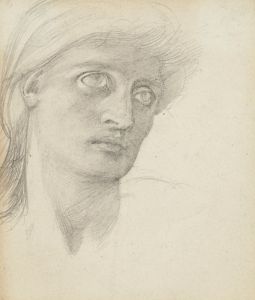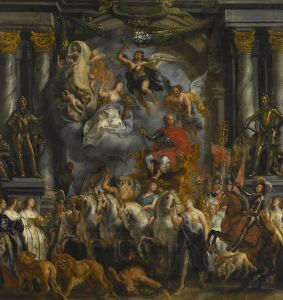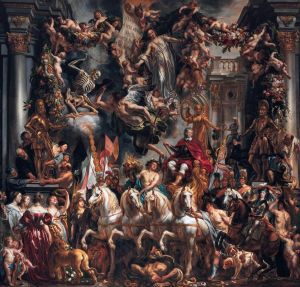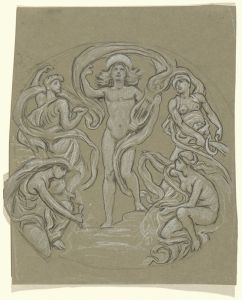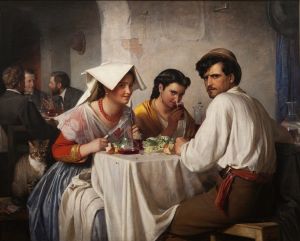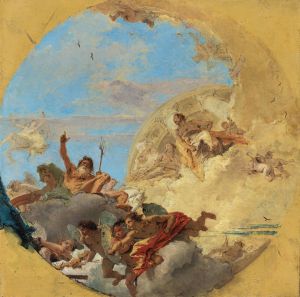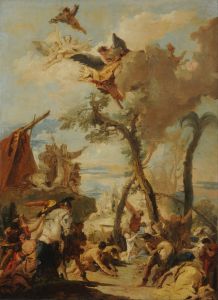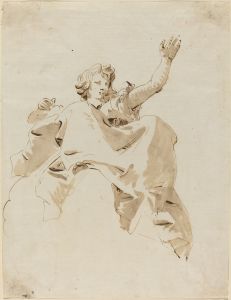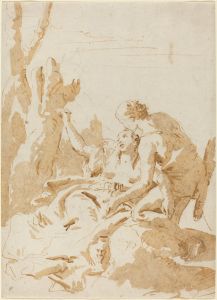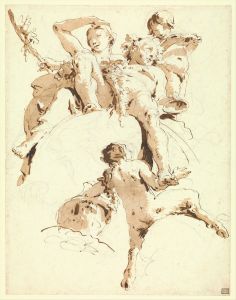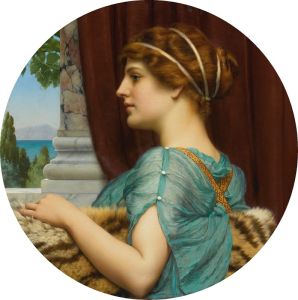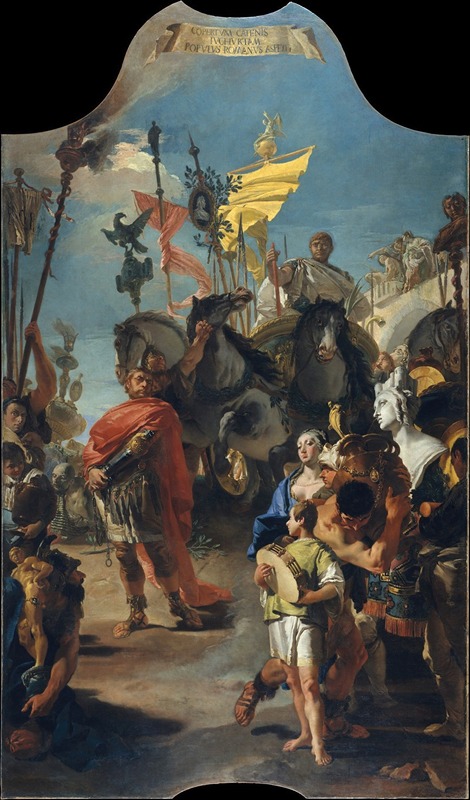
The Triumph of Marius
A hand-painted replica of Giovanni Battista Tiepolo’s masterpiece The Triumph of Marius, meticulously crafted by professional artists to capture the true essence of the original. Each piece is created with museum-quality canvas and rare mineral pigments, carefully painted by experienced artists with delicate brushstrokes and rich, layered colors to perfectly recreate the texture of the original artwork. Unlike machine-printed reproductions, this hand-painted version brings the painting to life, infused with the artist’s emotions and skill in every stroke. Whether for personal collection or home decoration, it instantly elevates the artistic atmosphere of any space.
Giovanni Battista Tiepolo, an Italian painter and printmaker, is renowned for his grand historical and religious compositions, characterized by their dramatic use of color and light. Among his notable works is "The Triumph of Marius," a painting that exemplifies his mastery in capturing historical narratives with vivid detail and dynamic composition.
"The Triumph of Marius" depicts a scene from ancient Roman history, focusing on the figure of Gaius Marius, a Roman general and statesman who played a crucial role in the transformation of the Roman Republic into the Roman Empire. Marius is best known for his military reforms and his victories against the invading Germanic tribes, the Teutones and the Cimbri. The painting captures the celebratory procession following Marius's triumph, a traditional Roman victory parade granted to victorious generals.
Tiepolo's work is celebrated for its vibrant color palette and the fluidity of its figures, which convey a sense of movement and grandeur. In "The Triumph of Marius," Tiepolo employs these techniques to bring the historical event to life, illustrating the splendor and pomp associated with Roman triumphs. The composition likely includes a variety of figures, such as soldiers, captives, and possibly allegorical representations, all contributing to the narrative of victory and power.
Tiepolo's ability to blend historical accuracy with artistic imagination allows viewers to engage with the painting not only as a depiction of a historical event but also as a work of art that transcends its subject matter. His use of light and shadow, along with the careful arrangement of figures, creates a sense of depth and drama, drawing the viewer into the scene.
The painting reflects Tiepolo's broader artistic style, which often involved large-scale works with complex compositions. His frescoes and canvases are known for their theatricality and the way they capture the essence of the Baroque period's emphasis on emotion and movement. "The Triumph of Marius" is no exception, showcasing Tiepolo's skill in creating a dynamic and engaging narrative through visual art.
While specific details about the commission or the current location of "The Triumph of Marius" are not readily available, Tiepolo's works are housed in various prestigious collections and museums worldwide, including the Prado Museum in Madrid and the Metropolitan Museum of Art in New York. His influence extends beyond his lifetime, as he is considered one of the last great Venetian painters of the Baroque era, bridging the gap between the Baroque and the Rococo styles.
In summary, "The Triumph of Marius" by Giovanni Battista Tiepolo is a testament to the artist's ability to capture historical events with a blend of accuracy and artistic flair. Through his use of color, composition, and light, Tiepolo brings to life the grandeur of Roman triumphs, offering viewers a glimpse into the past while showcasing the enduring power of visual storytelling.





